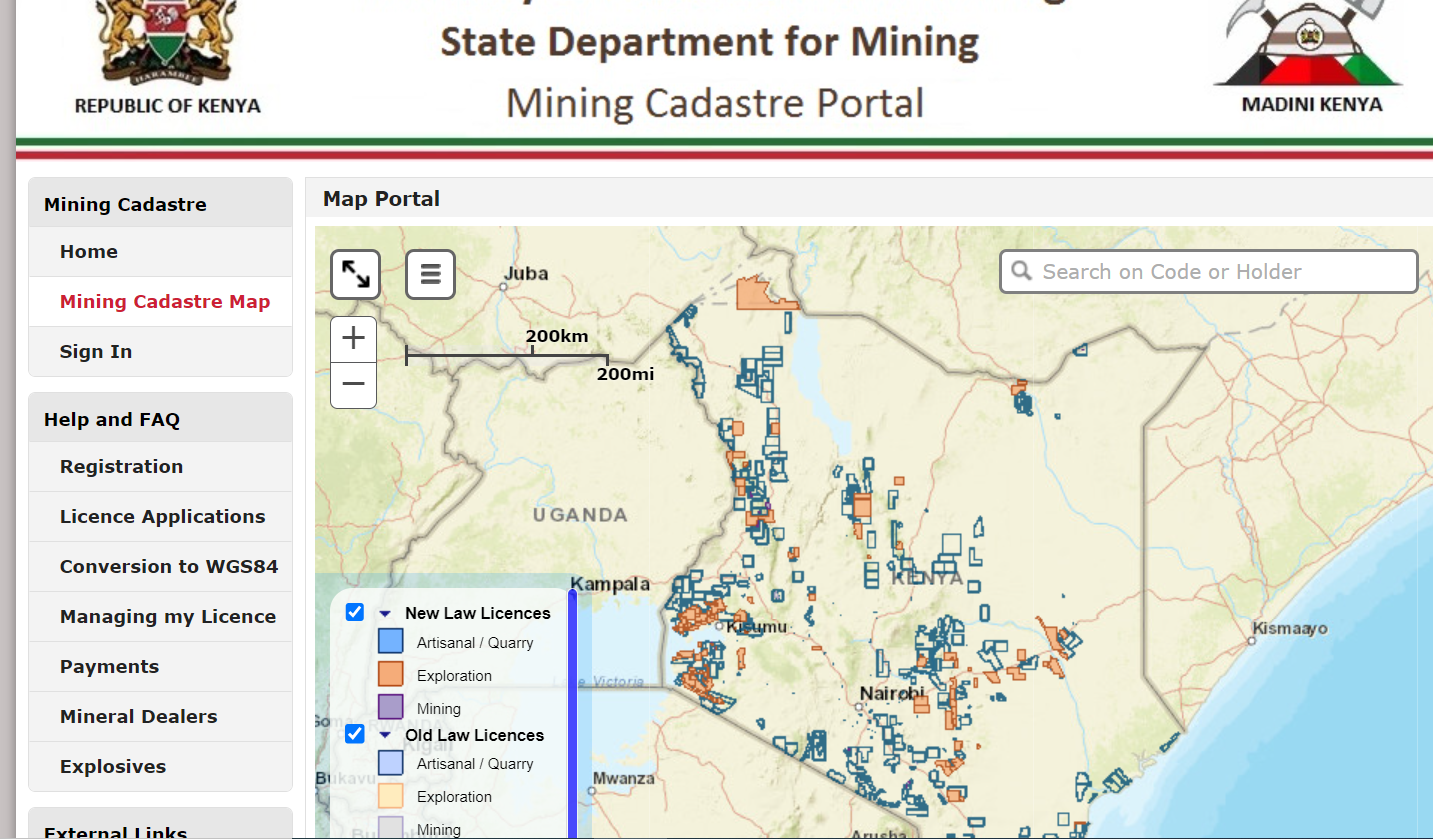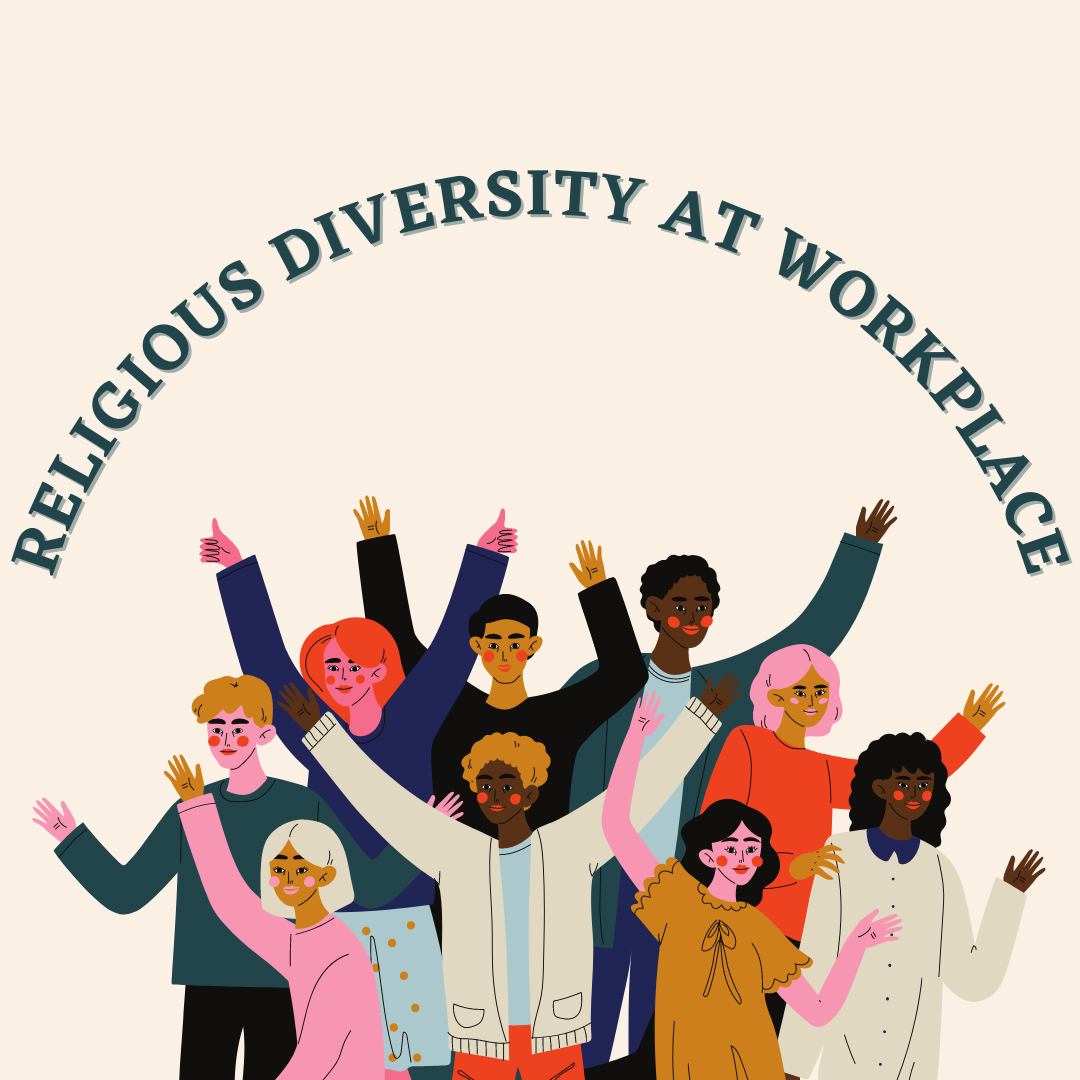What is the digital divide?
The digital divide is the term used to describe the gap between people who have access to information and communication technologies (ICT) and those who don’t. Why does this matter?
Because having access to ICT can improve individual, education, and economic outcomes. In this blog post, we will explore the digital divide in more detail and discuss ways to close the gap.
The digital divide is often described as a rural-urban divide. This is because, in many countries, the majority of the population lives in rural areas and has limited or no access to ICT.
However, it can also be found within cities. For example, in the United States, African Americans and Hispanics are less likely than whites to have access to broadband Internet.
This digital divide has serious implications for social and economic opportunities. Individuals who don’t have access to ICT are at a disadvantage when it comes to education, employment, and even political participation.
How digital divide affects individuals
The digital divide can have a number of different effects on individuals. One is that it can limit people’s ability to access important information and services. This can include things like health care, education, and employment opportunities. It can also make it harder for people to stay connected with friends and family members who live far away. Additionally, it can lead to social isolation and exclusion.
How the Digital divide affects health
The digital divide can have a significant impact on people’s health. One study found that those without internet access are more likely to have worse health outcomes, including a higher risk of mortality. The study found that the internet is an important tool for health information and care and that those without access are at a disadvantage.
There are many reasons why the digital divide can impact health. One reason is that people without internet access are less likely to have access to information about health and wellness. They may also be less likely to be able to make appointments with doctors or other care providers.
Additionally, the digital divide can impact mental health. One study found that people who don’t have internet access are more likely to experience anxiety and depression.
How can the digital divide be bridged in health?
There are several ways to address digitization to the underserved. One way is to provide internet access to those who don’t have it. This can be done through public wifi hotspots, which are becoming increasingly common in many cities and towns. Another way is to provide devices and training to those who need them. This can help people to get online and access the information and resources they need.
The digital divide is an important issue to address. It can have a significant impact on people’s health and wellbeing. There are many ways to close the gap, including providing internet access and devices to those who need them. By taking steps to close the digital gap we can help to improve health outcomes for everyone
How digital divide affects education
The digital divide can also affect educational opportunities. For example, students who don’t have access to the Internet at home may have difficulty keeping up with their classmates who do. This can put them at a disadvantage when it comes to doing homework and preparing for exams.
When students don’t have access to technology, they can fall behind in their studies. This can lead to them not being able to keep up with their classmates, which can impact their grades and future opportunities. Digital divide solutions are important for ensuring that all students have access to the same resources and opportunities.
One way to close the digital divide is through digitization solutions. Digitization can help provide access to resources that would otherwise be unavailable, and it can also help make information more accessible for everyone.
How digital divide affects the industry
The digital divide can also have an impact on industries. When businesses don’t have access to technology, they can fall behind their competitors. This can lead to them losing customers and revenue. Digital divide solutions are important for ensuring that all businesses have access to the same resources and opportunities. One way to close the digital divide is through digitization solutions.
Digitization can help provide access to resources that would otherwise be unavailable, and it can also help make information more accessible for everyone.
How digital divide affects nations
The digital divide can also have an impact on nations. When countries don’t have access to technology, they can fall behind other countries. This can lead to them losing trade opportunities and revenue. Digital divide solutions are important for ensuring that all countries have access to the same resources and opportunities. One way to close the digital divide is through digitization solutions. Digitization can help provide access to resources that would otherwise be unavailable, and it can also help make information more accessible for everyone.
Digital Divide in Africa
The digital divide is the term used to describe the gulf between those with regular, reliable access to the internet and those who don’t. This divide can be seen in many countries across the globe but is especially pronounced in Africa. According to a report from The Guardian, only 26% of people in Africa have access to the internet. This number is even lower in rural areas, where only 15% of people are connected.
There are a number of reasons why it is such a problem in Africa. One big reason is that it prevents people from accessing essential services like education and healthcare. It also stops businesses from being able to trade online and limits opportunities for economic growth.
So what can be done to close the digital divide in Africa? One solution is to invest in better infrastructure. This includes things like building more internet cafes and ensuring that there is a reliable electricity supply. Another solution is to provide training and support so that people know how to use the internet and can make the most of its potential.
It is a big problem, but it’s one that can be overcome with the right investment and commitment. By closing the gap, we can open up a world of opportunity for everyone in Africa.
Gender and access
The digital divide is not only about the haves and have-nots, but also about the gender gap. Women are more likely to be offline than men, and this disparity is even more pronounced in developing countries. This Digital Gender Gap can limit women’s access to education and job opportunities, as well as impede their ability to participate fully in the digital economy.
There are a number of reasons why women are more likely to be offline than men. In many parts of the world, women still have fewer opportunities to access technology and education. They may also face cultural barriers that prevent them from using technology or going online. And even when women do have access to technology, they may not have the same level of skills or experience as their male counterparts.
Fortunately, there are a number of initiatives working to close the Digital Gender Gap. One such initiative is the Digitize Africa Initiative, which is working to increase access to digital technologies for women and girls in Africa. Another is helping girls in developing countries to develop the skills they need to participate in the digital economy.
By working to close the Digital Gender Gap, we can help women and girls to participate fully in the digital economy and reap the benefits of digitization. In doing so, we can also help to create a more inclusive and equitable world for all.
Digital Divide Solutions
How you can help close the digital divide?
Access to technology
There are a few things you can do to help close the digital divide. One way is to donate money to organizations that are working to provide access to technology for those who need it. This can be done through things like providing free or low-cost internet access in public places, such as libraries or community centres.
computer training
Additionally, we can provide training on how to use computers and other devices. Another way to close the digital divide is to create content that is accessible to everyone, regardless of their level of technological expertise. This includes things like developing websites that can be used by people with different levels of internet access and creating easy-to-understand instructions for using various digital tools.
Finally, we can work to increase the number of people who have the skills and knowledge necessary to take advantage of all that digital technology has to offer. This includes things like providing training on coding and other computer skills, as well as working to increase the number of women and minorities in the tech industry.
You can help make a difference by working to close the digital divide. Digital penetration is one of the most important aspects of digitization because it helps ensure that everyone has access to the same resources and opportunities.
Digital divide solutions are important for ensuring that all people have access to the same resources and opportunities. One way to close the digital divide is through digitization solutions.
Digitization
Digitization can help provide access to resources that would otherwise be unavailable, and it can also help make information more accessible for everyone. You can help make a difference by working to close the digital divide.
By taking these steps, we can begin to close the digital gap and ensure that everyone has the opportunity to benefit from the amazing power of digital technology.
You can help make a difference by working to close the digital divide. Digital penetration is one of the most important aspects of digitization because it helps ensure that everyone has access to the same resources and opportunities.
Digital divide solutions
– Free or low-cost internet access in public places
– Providing training on how to use computers and other devices
– Creating content that is accessible to everyone, regardless of their level of technological expertise
– Increasing the number of people who have the skills and knowledge necessary to take advantage of all that digital technology has to offer.
– Providing training on coding and other computer skills
– Increasing the number of women and minorities in the tech industry. Digital divide
solutions are important for ensuring that all people have access to the same resources and opportunities.
Conclusion
The Digital Divide is a complex problem with no easy solutions. But by working to close the Digital Gender Gap, Africa, Individuals and education we can help to make progress in bridging the divide. What are your thoughts on the Digital Gender Gap? Let us know in the comments below! below!





